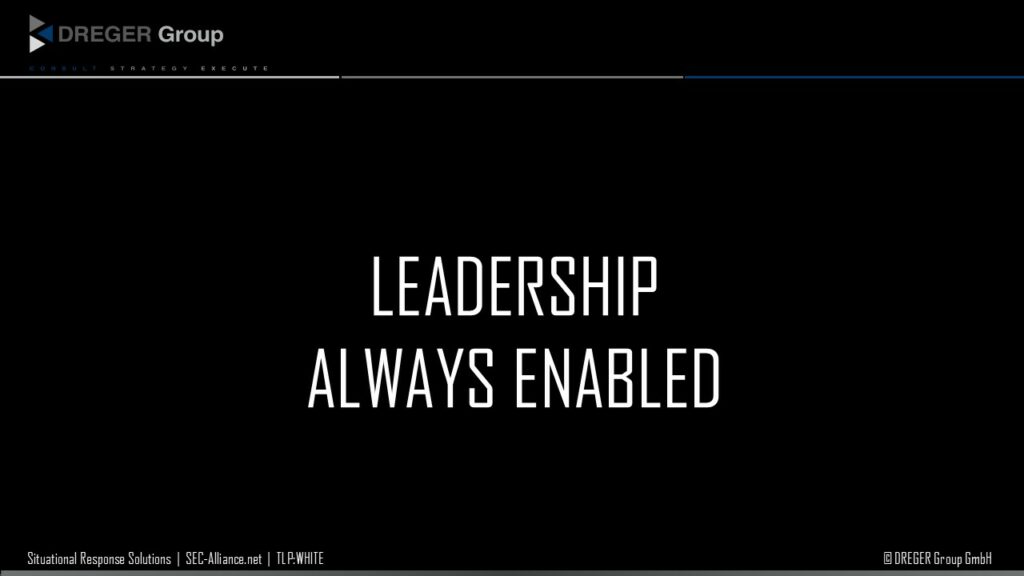
DEPLOYABLE INFRASTRUCTURE FOR DAILY OPERATIONS, FAILURES, AND EMERGENCIES
In today’s world, deployable infrastructure with mobile and resilient information and communication technology, energy supply, and protection components plays a crucial role in ensuring security, efficiency, and flexibility across various sectors—from large corporations to municipalities, government agencies, and organizations with security responsibilities, right down to the private sector. In all these areas, we provide consultation from strategic concept development, through project planning and product selection, to operational implementation and ongoing operations.
Companies and Entrepreneurs:
Virtually all business processes and activities are highly dependent on stable ICT and energy supply. An unexpected failure in administration, production, on construction sites, or in home offices, etc., can lead to significant losses.
Municipalities and Authorities:
For these institutions, continuous ICT and energy supply is crucial to maintaining services for citizens. This includes water supply, transportation systems, waste management, and municipal facilities such as schools and hospitals, as well as emergency management as a civil protection authority.
Organizations with Security Responsibilities:
Organizations such as police, fire departments, or disaster relief services require uninterrupted ICT and energy supply in emergencies to act effectively and save lives. Communication systems, lighting, and other critical equipment rely on stable hardware, power sources, and communication lines.
Private Sector:
With the rise of technologies in households, from home offices to smart kitchen appliances and especially medical devices, the need for ICT and uninterrupted energy supply in the private sector is growing. A sudden failure can not only cause inconvenience but also lead to damage and even endanger lives.
Civil Protection and Warfare or Terrorist Scenarios:
In crisis situations, whether caused by wars, terrorist attacks, or other conflicts, ICT and emergency power supply are critical. For example, shelters, mobile infrastructure, and evacuation centers require hardened hardware, communication connections, data availability, and uninterrupted power sources to operate lighting, ventilation, water and waste management, as well as communication systems. Experience from conflict zones shows that mobile solutions can often mean the difference between life and death.
These application examples demonstrate that mobile ICT, energy, and emergency power supply go far beyond mere convenience. They play a central role in many aspects of modern life and can, in critical situations, mean the difference between safety and danger, or even between life and death.


